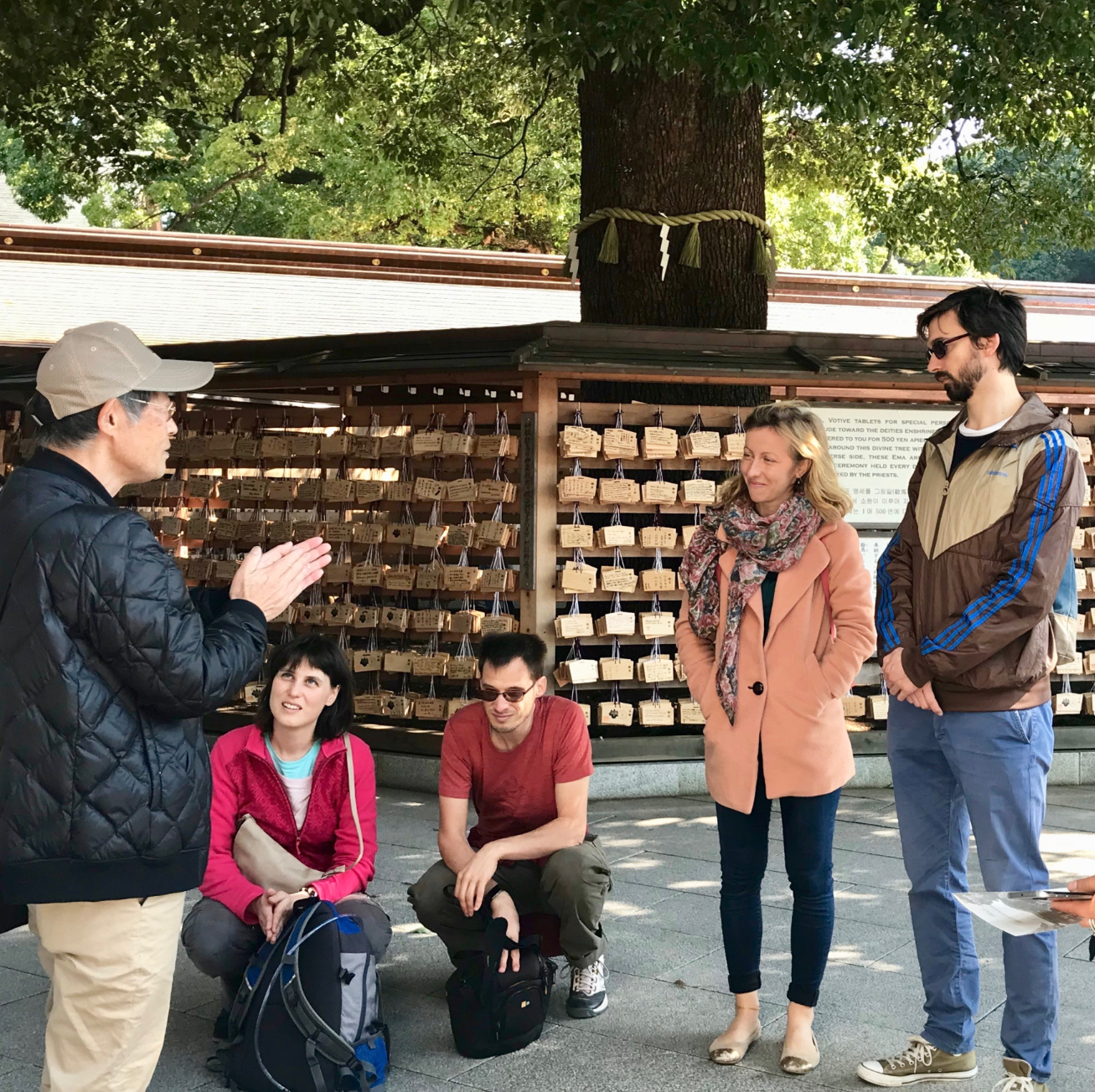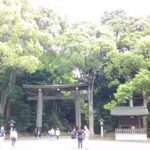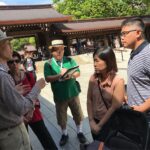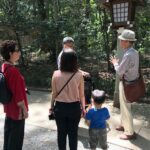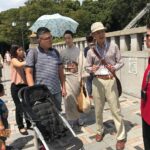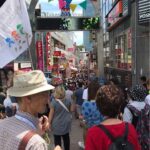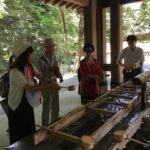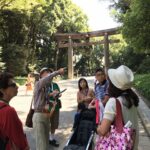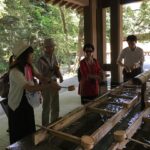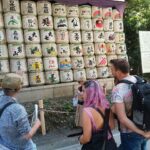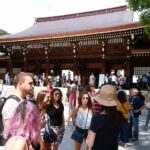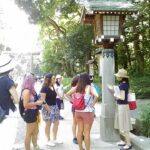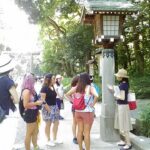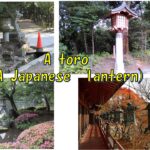On the 19th of August, we welcomed around 10 guests on our walking tour.
Guests came from different regions of the world, including Singapore, Turkey, Spain, and Canada.
Finally, the scorching weather which prevailed all over Japan for the past month has come to an end.
The heat index in Tokyo has fallen drastically, and the temperature is now recorded at around 28 degrees Celsius.
At the start of the tour, the weather was so perfect but occasionally the sky was exceedingly covered with scattered clouds.
It was the first time in 20 days that the group was able to comfortably stroll around Harajuku and this is due to the fall in temperature.
Most of the leaves of the trees in the sacred forest surrounding the Meiji Shinto Shine seemed to exhibit their vivid green colors, more than ever.
Before we started our tour, we divided the attendees into two small groups for the purpose of facilitating interaction during the two hours stroll in the Shinto Shrine compound.
It’s a pleasure to talk about their travel plans with them and learn about each tourists attraction.
At the same time, we can base their feedback to further improve and manage guide plans for potential tourists.
Under this fine weather condition, we commenced our two-hour walking tour from the sacred sanctuary of the shrine to the busy shopping street of Omotesando Avenue, which are places within our tour route.
While we were within the shrine’s compound, we made a stop in front of like a small lighthouse called Toro, a Japanese lantern adorning the religious sanctuary.
In Japan, a toro is a traditional lantern, which is made from various materials like stone, wood, or metal.
Aside from these distinct material features, these religious establishments can also come in several shapes and designs.
Some toros can be installed upright, with a pillar supporting it on the ground. These lanterns can also be seen hanging from the edge of roof.
This time, we’ll talk about the seasonal topic called “Toronagshi “, which is associated to the Toro.
—- Toronagashi —-
Toronagashi is one of the Japanese typical memorial events normally held in Bon season, which lasts around thirteen days in mid-July or mid-August.
Toro is a Japanese typical lantern and nagashi means cruise or to flow in a river or the sea.
Toronagashi is a ceremony held by to solemnly see off the souls of their ancestors to the spiritual world at night.
They’re believed to return back from the other world and stay at their native homes during the Bon season in Japan.
At the event of the final Bon season, people float glowing paper lanterns which are associated with the souls of loved ones or ancestors, down the rivers in hopes of farewell and guiding the souls of the departed persons to the spiritual world properly.
At the same time, the conclusion of this event brings the sign to the end of the summer season and the coming autumn season.
Not only observed as a special occasion during the Bon season, toronagashi is also held as a regional event to commemorate the casualties of fatal accidents and war.
(By Arac)

